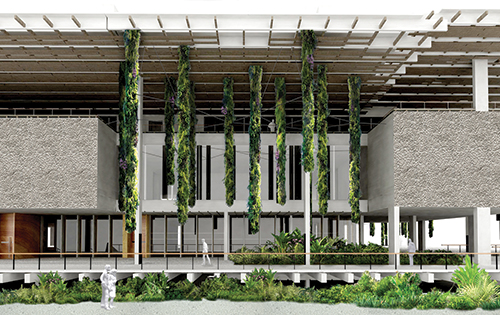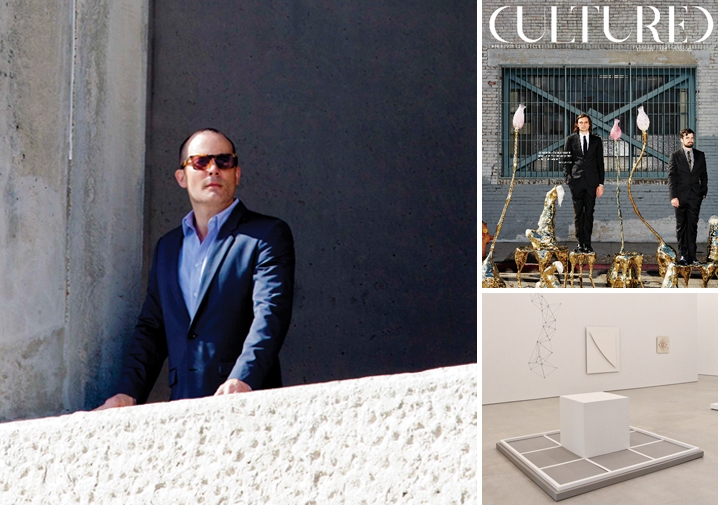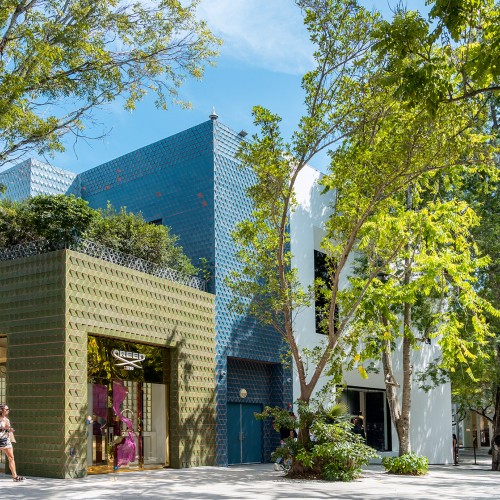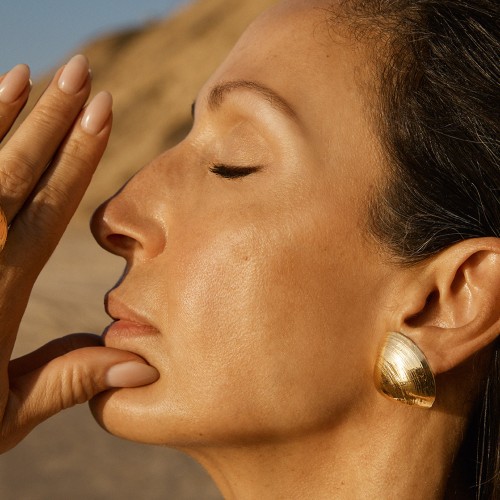Miami’s cultural environment is heating up thanks to the reopening of its foremost art museum in a new building—with a new name.
The Miami Art Museum could hardly have picked a worse time to commission Swiss architects Jacques Herzog and Pierre de Meuron to design its new building. In 2006, just as the museum’s capital funding campaign kicked off, the U.S. housing bubble—which had made Miami a hive of construction activity—was starting to deflate. In 2008, the recession hit. In 2010, Thom Collins moved to Miami.
Collins, who was lured from his post as director of the Neuberger Museum of Art in Westchester County, New York, to fill the director’s chair at the Miami Art Museum, knew he faced a challenge. Three years into his tenure, however, the museum is about to reopen with a new building, a new name, a bolstered collection, a growing endowment and a fresh, energetic approach to the role that an art museum might play.
Collins says he was surprised at the outcry, in 2011, when he announced that the museum would be renamed the Pérez Art Museum Miami (PAMM) in recognition of a large gift from South Florida condo king Jorge Pérez. The real estate developer donated work from his collection of Latin American art valued at $15 million and gave an additional $20 million in cash, in return for his name on the door.
“In the history of American museums, there are many important museums named after private individuals,” Collins points out. “And if you look at the reasons those museums were named, they fall into three categories: there are those named for individuals who gave big collections to seed museum collecting; others are named for major cash donations in a capital campaign context; or they were named for civic leaders who drove cultural projects and who were honored when they were completed. Jorge Pérez fits in all three of those categories.”
Whatever your view on the divisive name change, it is hard to deny the grandeur of the museum’s new home in a park overlooking Biscayne Bay. Collins acknowledges that for most visitors to Miami—and indeed many residents, too—the city’s main attraction is not its culture but its environment: its beaches and bays, its lush vegetation and tropical gardens. In response, Herzog & de Meuron have created a building that marries indoors and out, culture and nature.
Early plans for the building were based on the raised structures of Stiltsville—houses built on stilts in the shallow waters of Biscayne Bay. The first level of PAMM appears to float several feet above the ground. Steps connect the bayside park to the elevated wraparound deck, which is filled with tropical plants and mature trees that rise through apertures in the floor. Overhead, a huge louvered canopy, from which 67 hydroponic gardens hang down like verdant lozenges, writhing in vines and studded with flowers.
“Whether you choose to take advantage of the ticketed experience or not,” says Collins, “we believe the building itself will encourage people to come and spend time as they would at the beach, and to mix and converse and, of course, we hope, take advantage of the art that is installed both on the platform itself and inside the building.”
The galleries, too, relate in unexpected ways to their environment. Because of the protection afforded by the canopy, many have window walls that open onto screens of greenery or onto the public spaces of the deck. In some places, this phenomenon coincides with curatorial themes: Collins refers to one gallery, flanked by dense tropical vegetation, in which curators are exploring fantasies and desires in the postwar period. From the museum’s collection, Mark Dion’s yellow truck, The South Florida Wildlife Rescue Unit: Mobile Laboratory (2006), is featured prominently.
Foremost among the nine separate inaugural displays is an exhibition by Ai Weiwei—the Chinese artist’s first major survey in the United States. Weiwei has collaborated with Herzog & de Meuron in the past, most famously in the Bird’s Nest stadium for the Beijing 2008 Olympic Games. Despite being forbidden to leave China, he has specially designed for the space a huge new labyrinthine installation made of bicycles, which in the museum will be framed by expansive views of the bay.
Looking to the future, Collins is determined to expand the collection—weighted towards the art and culture of the Americas, especially Latin America and the Caribbean—and the museum’s potential as an event space for time-based work. Most unusually, he wants to develop, separately to the museum’s strong educational department, a social services and outreach division. He points to Miami’s large homeless population, as well as its growing community of seniors. “What can we be doing for them?” he asks.
Collins sees PAMM as a pioneer among national institutions. “If we do this successfully,” he says, “we’ll be modeling a practice that will be relevant to many museums in other cities in the United States as their demographics evolve over the course of the next 20 or 30 years.”

A rendering of PAMM’s south façade
Meet Patrick Blanc
Without doubt, the most striking element of the new PAMM is the greenery that dangles in 67 columns above the deck. They are designed by French botanist Patrick Blanc, pioneer of the vertical garden, whose hydroponic walls of tropical greenery grace buildings from Bordeaux to Bangkok, Madrid and Sydney. This is the first time Blanc’s gardens have been free-hanging: up to 65-foot-long metal frames covered in felt support 77 species of plants. As long as water is in plentiful supply, most plants have no need for soil. The vertical garden, says Blanc, is “a way to add nature to places where people once removed it.”
Photos by Daniel Azoulay photography (americana, locke).
Portrait by Presscott Mcdonald
PAMM rendering by Herzog & de Meuron



